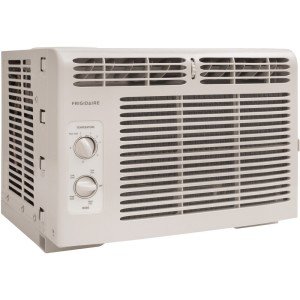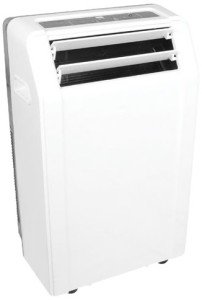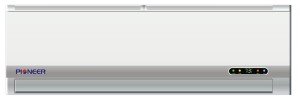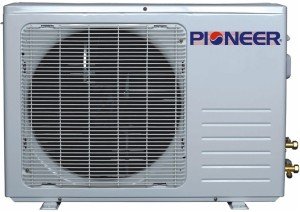Although installation for central (ducted) air conditioning units needs to be done by a professional, there are certain types of air conditioners that you can install yourself. This article will discuss important things to consider for a window air conditioner installation, a portable air conditioner installation, and a ductless air conditioner installation. For ducted or central air conditioner installation, please use a certified HVAC professional.
No matter what type of unit you are installing, you will need to determine the air conditioner installation cost. Here are a few thins to keep in mind:
-
Where will the unit be placed?
-
For a wall mounted air conditioner or a window air conditioner, is there an opening already in the wall or is there sufficient window space?
-
Will you need extra materials? (Insulation, extra support for window unit)
-
Is there a nearby electrical source or outlet that can handle the power needs of the unit? If not, are you able to install one? Most likely, you will need an electrician to do this, depending on your home state laws and regulations.
Window Air Conditioner Installation
For a window air conditioner, you will need to determine if the window can hold the weight of the unit. In the United States most windows should be able to do this, but you will need to be sure that the window is not loose, rotten if it’s a wooden window, or missing any parts. Also, if the unit is installed downstairs, extra measures may be needed to secure the unit to prevent prowlers. For more specific instructions on window air conditioner installation, please click here.
Portable Air Conditioner Installation
For portable air conditioners, since all AC units must vent out hot air, you will need to place the unit near a window. There are vent kits that help in funneling out the hot air. For an excellent vent kit, please click here.
Also, since most modern portable units get rid of the moisture they take out of the air, in most cases, there will not be any need to worry about leakage or condensation. In the event that the amount of moisture in the air is more than the unit can handle, there will be an internal pan that will collect the water. The unit will automatically power off once the pan is filled to prevent water from overflowing.
In rare instances, you may need to drain the unit, and there is a drain in the back for this. As far as noise from the unit, most portable units make a similar noise as a wall air conditioner. Be sure to check the db (decibel) rating on the unit. The lower the rating, the quieter a unit will be. For more specific instructions on installing a portable air conditioner, please click here.
Ductless or Split-System Air Conditioner Installation
A ductless or split system air conditioner is usually used when you have a small space or if the room or home do not have space for duct work. It is called “split” because there are two aspects to the unit—an outside condenser and an inside air handler. They come with the necessary tubing for water extraction and refrigerant to travel between the outside condenser and the indoor air handler.
You will need determine where the indoor air handler will be placed. They are usually placed high on the wall, either on top of a door or in a central location in the room. Keep in mind that you will need to run tubing to the outside, so this can also affect the location of the indoor air handler. If the unit includes a wall thermostat, you will need to place it in an accessible location. For more specific instructions on installing a ductless air conditioner, please click here.
We trust that this information has helped you think about things to keep in mind when installing and air conditioner unit.



